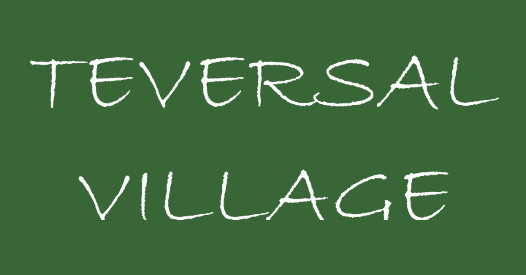
Church
St Katherine's Parish Church, a grade one listed building dateing back to the 12th century, is dedicated to an Egyptian martyred princess and has been a centre of Christian worship down the centuries to the present day. The church is a treasure trove of religious art, furnishings and architecture with visitors from all over the country making special journeys just to soak in the beauty of St Katherine's.
The main structure of the church was completed by 1170, whilst the south aisle with its round arches was added around 1200 and part widened in the 15th century, possibly to provide a chantry chapel.
The nave, arcade and chancel arch were added during the reign of Henry III (1216 - 1272) and the north aisle, with pointed arches, 'dog tooth' and 'nail head' Norman decoration, is dated circa 1235.

The 15th century tower is partly built over the western bays and raised in three stages with irregular spaced battlements, while the clerestory was built during the reign of Henry VIII (1509 - 1547).
The Norman doorway is made up of chevrons, lozenges and iconic roundels, all carved in stone. As you look closely at the different symbols carved in the 19 roundels, you will find that they represent stories in the Bible. Prior to the building of the tower, this entrance is thought to have been at the west end of the church. The oak battered door with upright stays is believe to be 600 years old and there is a cross cut into the eastern door jamb.
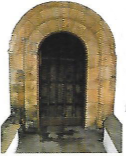
On entering the Church, the first pillar is octagonal and carries the Early English 'fillet' style. As you look towards the top of this pillar you will see a carved monkey and to your right is an 'Egg Cup' Norman font.

Four twisted 'Barly Sugar' columns support a wooden paneled tester dated circa 1675. The tester covers a splendid large pew designated for the Lord of the Manor, his family and servants. To its right rests two alabaster tomb slabs of Roger Greenhalgh (died 1562) and his wife Anna who died in 1538. To the other side of the tester sites the ancient clerk's pew and desk where he would record the attendance at church.
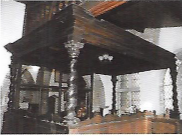
As you look closely at the foot of the wall posts you will find small carved faces in wood. There are also Gothic bosses at the centre of the crossbeams.
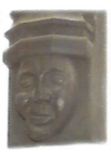
The Church is completely fitted out with 17th century furnishings. The 'horse box' pews, altar and altar rails along with the west gallery are Jacobean style dated circa 1660. There is also a combined pulpit and reading desk. Displayed around the clerestory walls are seven 17th century hatchments of the Molyneux family. The eighth one, in the musician's gallery, is that of Henrietta Anna, Countess of Carnarvon (dies 1876). Suspended high above the chancel arch is the Georgian Royal Coat of Arms.
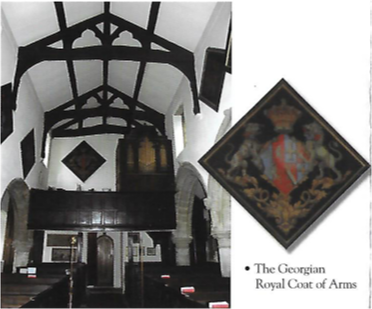
In the chancel there are various ornate memorials to former Rectors and four intricately carved monuments to the Molyneux family, the oldest dated 1674.
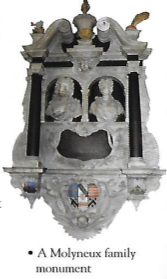
The Gothic 'Commandment Boards' are 19th century. The Bishop's chird is made from wood from the nearby Hardwick estate.
The east window was inserted in the 15th century with its stained glass window depicting the life of Christ along with the 'Good Shepherd' and the 'Good Samaritan' windows.
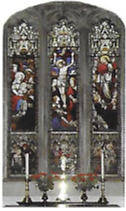
Five ancient bells are hung on a massive oak frame in the tower, the oldest cast by Henry Oldfield dated 1554.
The turret clock is dated 1876. The internal war memorials are of classical marble and slate with wooden paneling, which bear the names of nine men from the village who gave their lives in the two world wars.
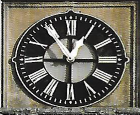
The organ was rebuilt by J. Housley Adkins of Derby in memory of Revd. G.E. Eaton and was dedicated by the Bishop of Southwell on 26th January 1939.
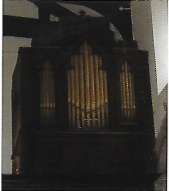
The list of Rectors records those who have served since 1280. Parish Records, some written on parchment, date from 1571 and are kept in the Nottinghamshire County Archives Office.
The churchyard contains many fascinating monuments including two of the oldest headstones in the county, one dated 1861.
Please click parish and church for further information
